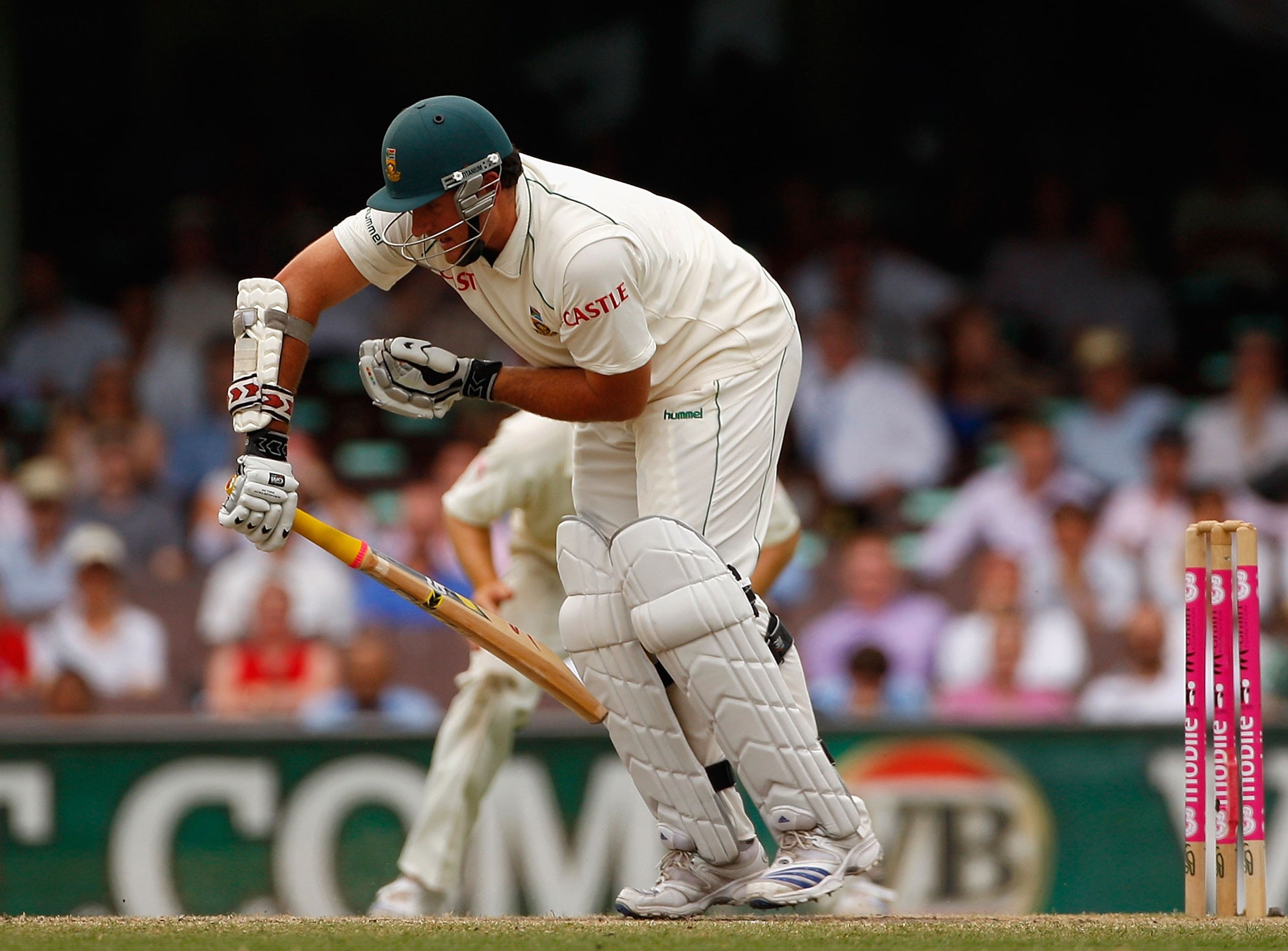
Graeme Smith Didn’t Win That Day–He Led
A note to young leaders.
It’s courage, not success, that defines you as a leader. Success bestows longevity; courage, immortality.
By 2008, Graeme Smith had already earned a reputation as a granite-jawed competitor, having led South Africa to a historic series victory in England.
Now he stood on the brink of something even more remarkable: beating Australia in Australia.
Heading into the third Test at the SCG, South Africa held an unassailable 2–0 lead. But the match would prove far from a dead rubber.
On Day 1, Smith copped a brutal short ball from Mitchell Johnson. Smith’s hand was badly broken and the tendons in his elbow torn. He retired hurt, arm in a cast, ruled out for six weeks.
Fast forward to Day 5. Dale Steyn and Makhaya Ntini are defying Australia with a dogged 50-run stand – every dot ball is greeted with anxious silence or raucous applause.
With just 50 balls remaining in the test, Steyn is dismissed. The Australians huddle and celebrate. The match, and a consolation victory, is surely theirs.
But suddenly the crowd is on its feet once more. Through the player tunnel, out comes Graeme Smith. Arm in plaster. Finger splinted. Batting gear borrowed.
Smith didn’t save the Test for South Africa that day – he was bowled with only 10 balls remaining – but he won something far greater: the admiration of the cricketing world.
Even the battle-hardened Ricky Ponting walked over to him and said: “That’s one of the bravest things I’ve ever seen.”
To this day, wherever Smith goes, no one talks about his records or his trophies. They ask him about that day at the SCG – the day he walked out to face Mitchell Johnson with a broken hand.
Victory is memorable. Courage, even in defeat, is unforgettable.